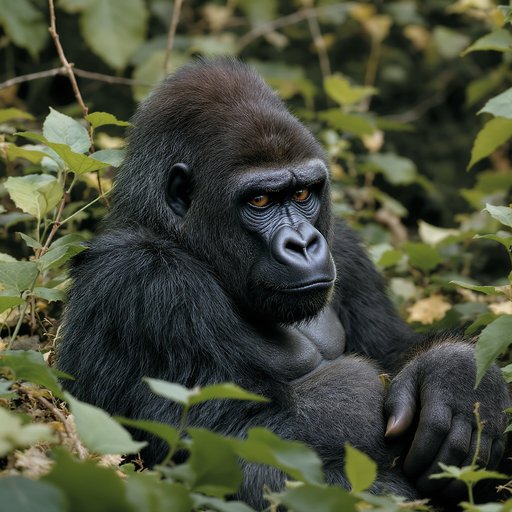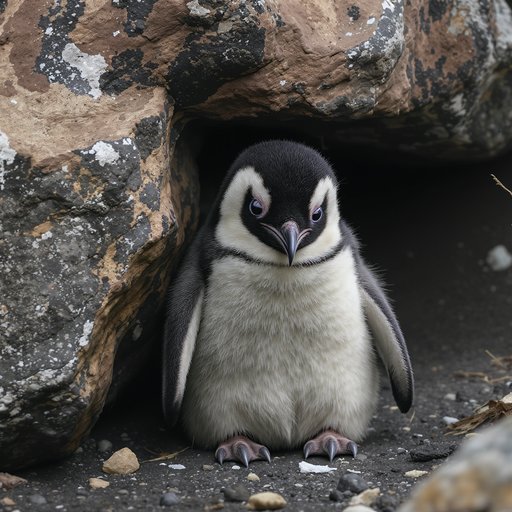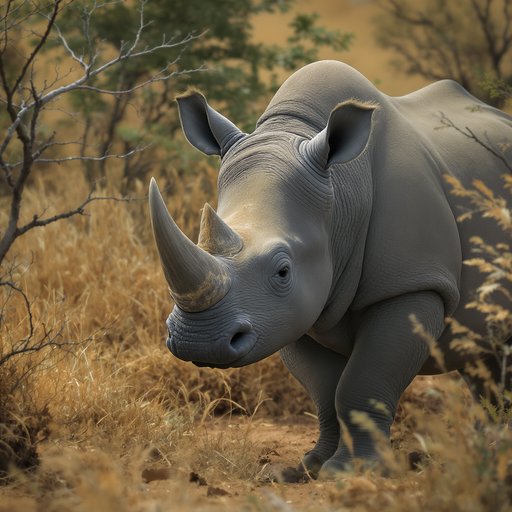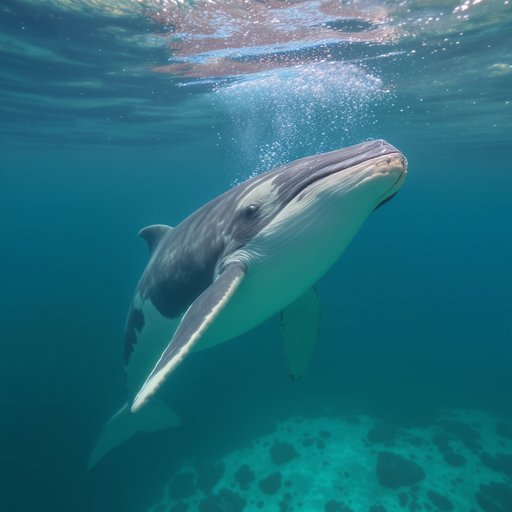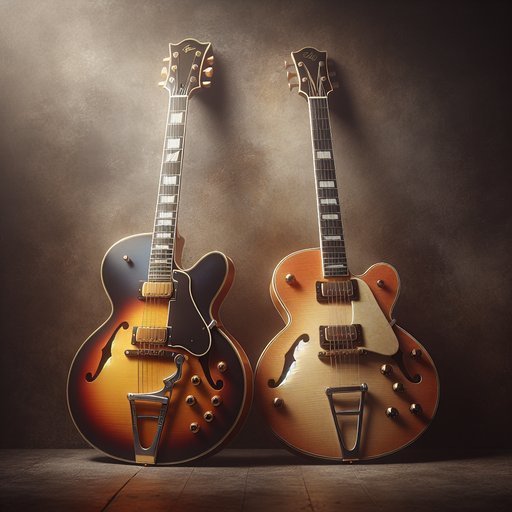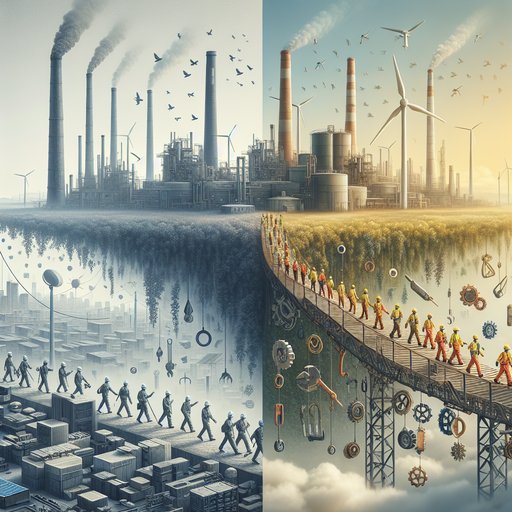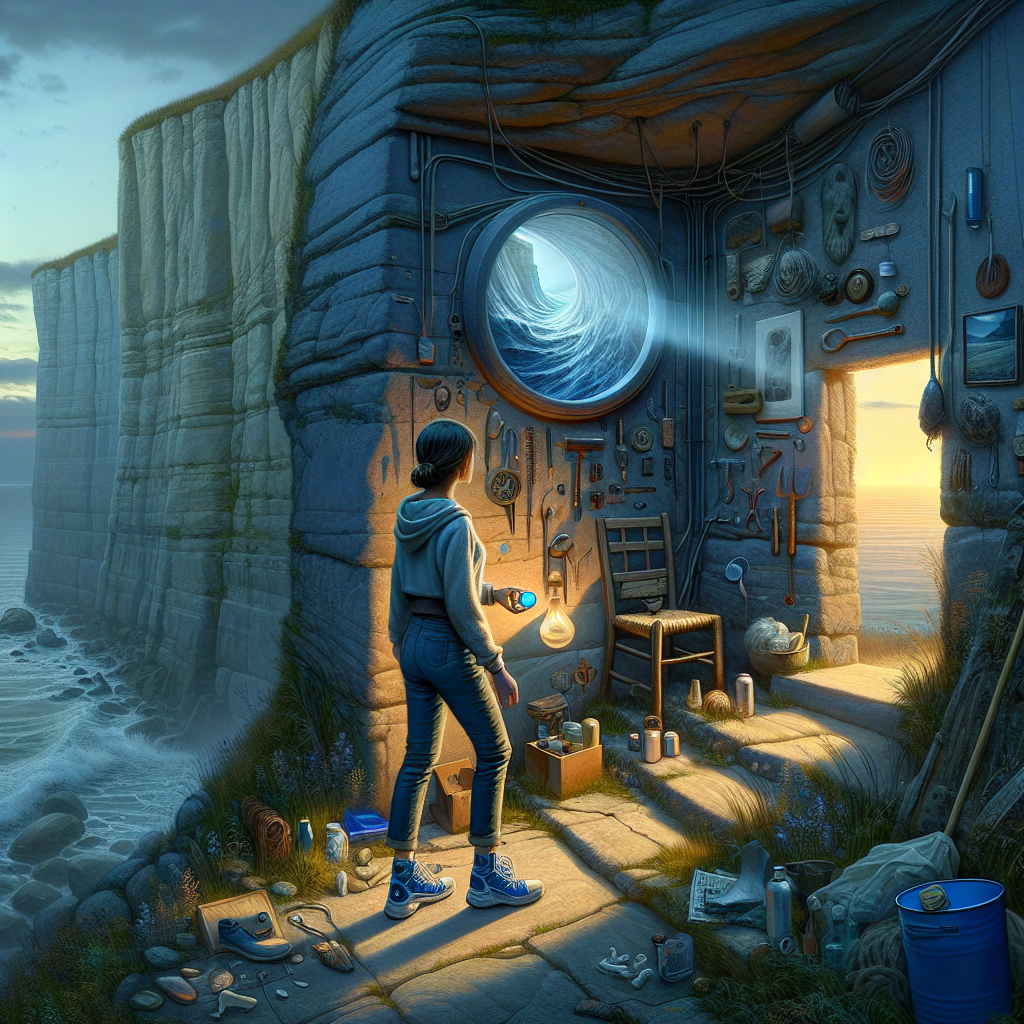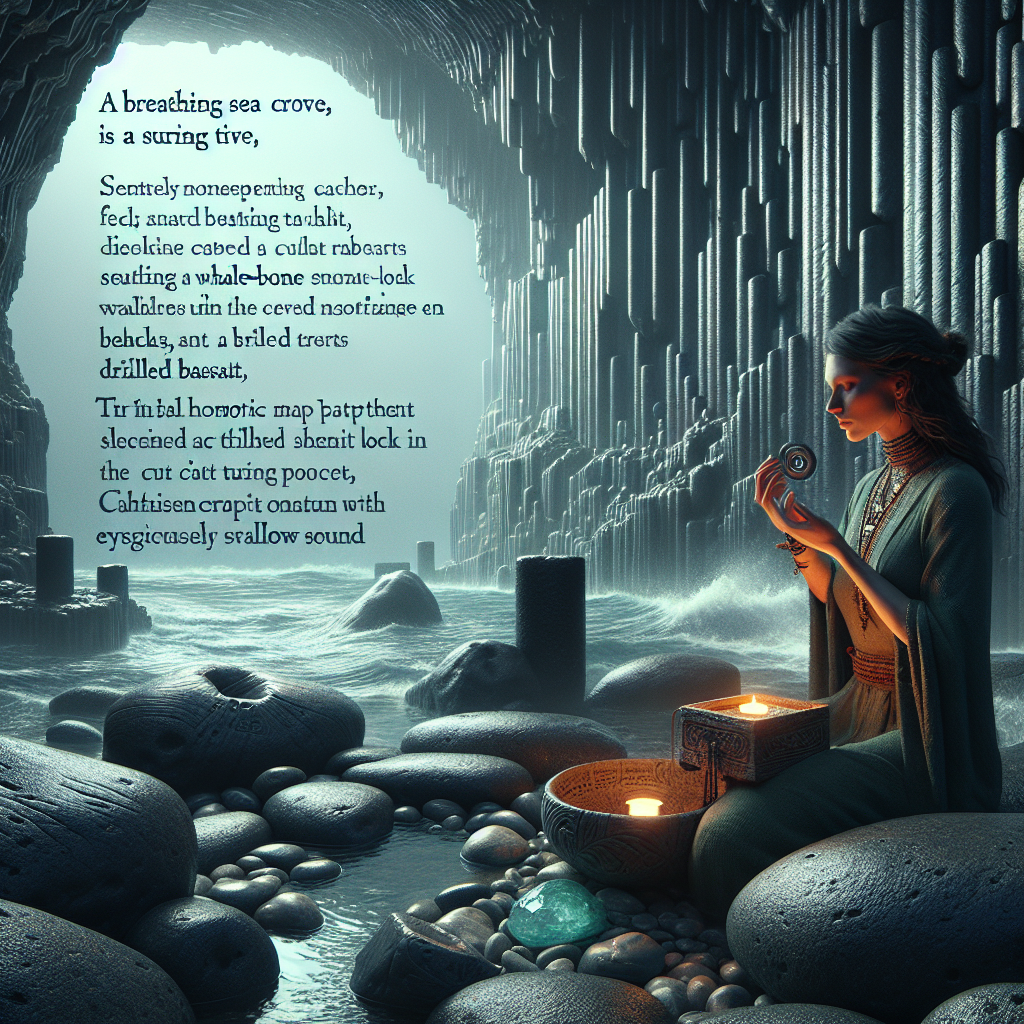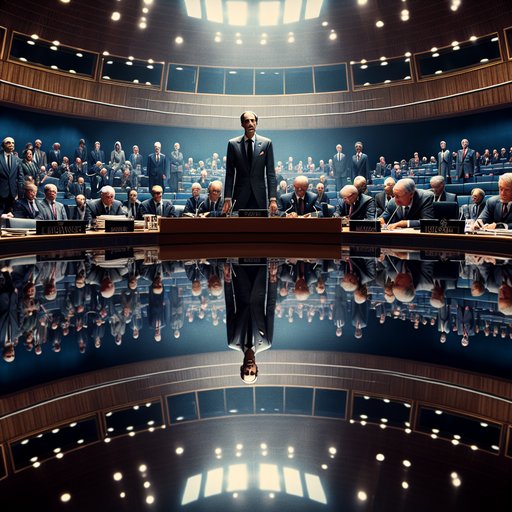
The Hague buzzed with tension as NATO leaders gathered in June 2025, the North Sea wind cutting through the city’s calm. Inside the summit hall, polished tables reflected the faces of 32 leaders, each wrestling with a world on edge. Russia’s war in Ukraine, now three years deep, loomed large, and President Donald Trump’s brash demands for a 5% GDP defense spending target dominated the agenda. Nobody expected what came next. Trump, flanked by aides, leaned into his microphone. “Europe’s gotta pay up. Five percent, folks. No more freeloading.” His words, blunt as ever, echoed through the room.
NATO Secretary General Mark Rutte, a master of diplomacy, nodded, his compromise already in motion: 3.5% for core military spending, 1.5% for cybersecurity and infrastructure. Spain’s Pedro Sánchez had resisted, citing social welfare, but a last-minute tweak—“allies commit” instead of “we commit”—gave Madrid an out. By Wednesday, the deal was sealed: 5% by 2035, a seismic shift from the 2% baseline.
In Moscow, Kremlin aides pored over the news. President Vladimir Putin’s jaw tightened. NATO’s new pledge signaled a fortified West, with Poland already at 4.7% and Baltic states arming to the teeth. Russia’s military, stretched thin in Ukraine, faced a daunting prospect: a NATO capable of deploying 300,000 troops in 30 days, backed by a 400% surge in air defenses and millions of artillery shells. “They’re encircling us,” a general muttered. Putin ordered a review of Baltic fleet deployments, wary but silent.
Back in The Hague, the summit’s five-point communique reaffirmed Article 5—mutual defense, ironclad. Trump, pressed on his commitment, shrugged. “I stand with it. Why else am I here?” Yet, beneath the unity, a quiet revolution brewed. German Chancellor Friedrich Merz, in a Berlin speech, framed the spending hike as Europe’s duty, not a favor to Trump. “Russia threatens us all,” he said. “We must be unassailable.” UK Prime Minister Keir Starmer pledged 5% by 2035, eyeing a “war footing.”
Whispers filled the summit’s margins. French President Emmanuel Macron, sipping coffee with Starmer and Canada’s Mark Carney, floated a bold idea: a European defense mechanism, UK and Canada included, to hedge against U.S. unpredictability. “Trump’s push gives us cover,” Macron murmured. “We spend more, but on our terms.” Carney, fresh from pledging 2% by 2026, nodded. “Canada’s in—less reliance on Washington.” The UK, post-Brexit and nuclear-armed, saw a chance to lead. Starmer envisioned joint procurement, shared cyber defenses, and a rapid-response force—Europe’s shield, not America’s shadow.
Trump, basking in his “victory,” seemed oblivious. He tweeted from Air Force One: “NATO’s paying up BIG! America First!” But European diplomats saw irony. His pressure, meant to burden allies, had sparked their ambition for autonomy. “He’s lit a fire he doesn’t see,” a Polish official quipped.
As leaders dined with Dutch royals, Ukrainian President Volodymyr Zelenskyy, a summit guest, watched quietly. Excluded from main talks, he still secured Trump’s nod for aid. Yet, Europe’s pivot hinted at a future where Ukraine’s fight might rely less on U.S. whims. Rutte, hosting, sensed the shift. “We’re stronger, fairer, more lethal,” he told reporters, his smile masking the tectonic change.
Months later, Brussels buzzed with plans for a European Defense Union. The UK and Canada joined early talks, pooling resources for drones, tanks, and satellites. Russia, rattled, scaled back Baltic exercises. Trump, distracted by trade wars, missed the headlines. The Hague summit, meant as his triumph, had planted seeds for a West less tethered to his vision—one ready to stand alone.








